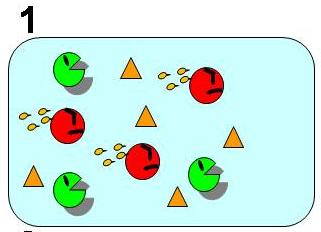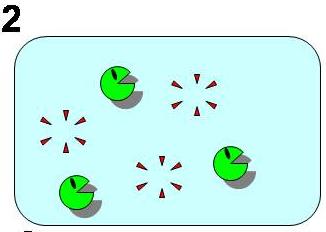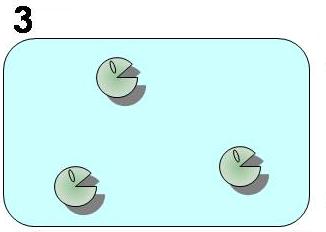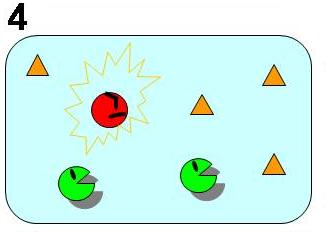Tokyo/Model
From 2007.igem.org
Abstract Concept & Model Requirements Genetic_circuit Works About_our_team
E.coli Follows Pareto's principle!
To follow Pareto’s principle like an ant society, our model system must satisfy the three conditions shown in Fig. 1 to 4. In our model, all individual cells have the same genetic circuits but take either of state A (worker) or B (idler) depending on the surrounding circumstances. ([http://en.wikipedia.org/wiki/Pareto_principle What is Pareto's principle? (Wikipedia)])
As shown in Fig. 1, 2, 3, and 4, the condition of the system is changing as follows:
Bistable state ⇒ The removal of A (worker) ⇒ Unstable state with only B left ⇒ Regain of "stable coexistence"



